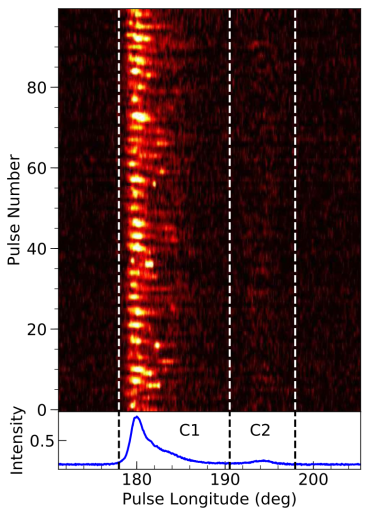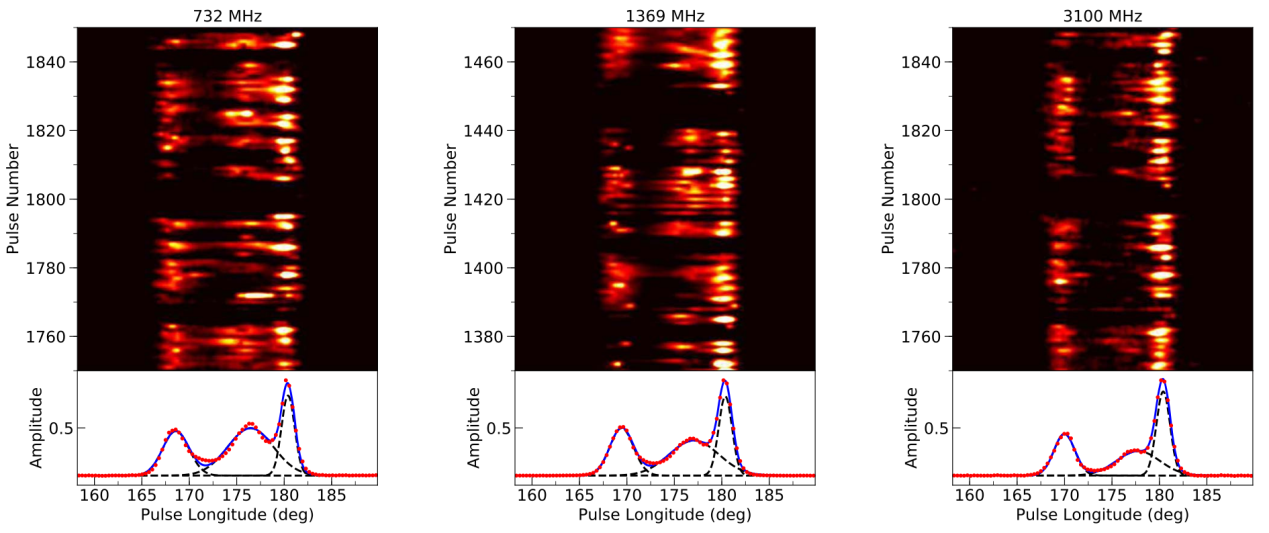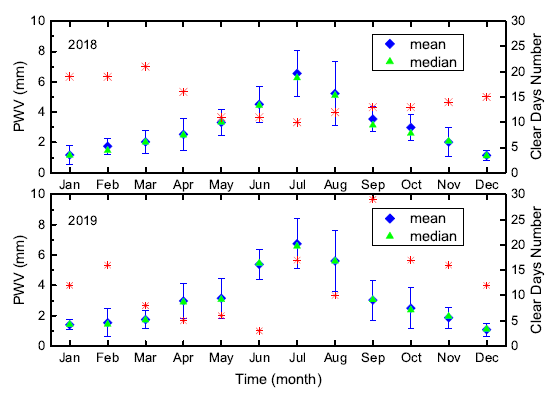Apr 20, 2022
The frequency-dependent periodic nulling and subpulse drifting properties in PSR J2048-1616
Using the archived observational data at 732, 1369 and 3100 MHz with the Parkes 64-m radio telescope, Dr. WEN Zhigang from Xinjiang Astronomical Observatory (XAO), Chinese Academy of Sciences (CAS), along with his co-researchers from XAO...Using the archived observational data at 732, 1369 and 3100 MHz with the Parkes 64-m radio telescope, Dr. WEN Zhigang from Xinjiang Astronomical Observatory (XAO), Chinese Academy of Sciences (CAS), along with his co-researchers from XAO...





